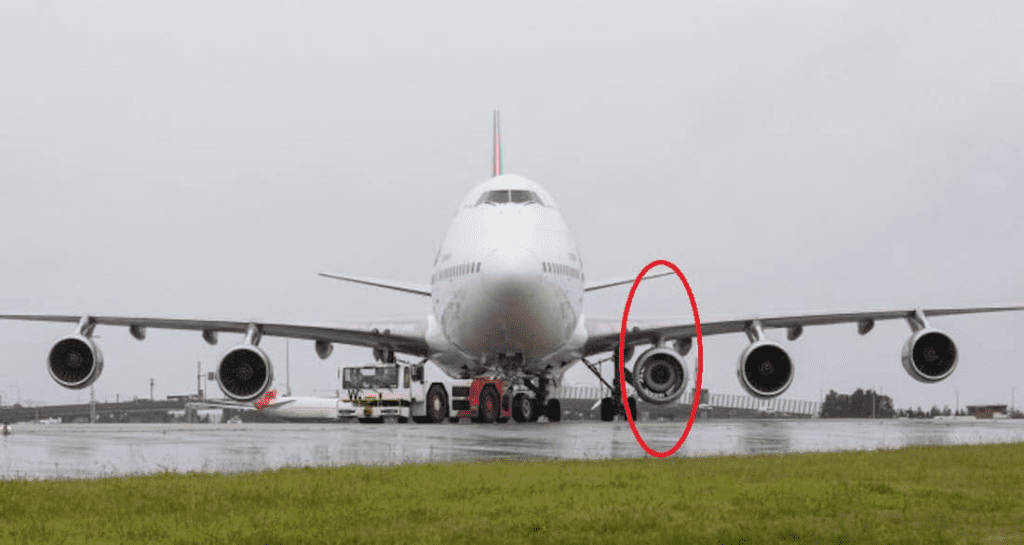
Attaching an unused extra engine under the wing of a Boeing 747 would have significant consequences. The additional weight and aerodynamic changes could affect the aircraft’s balance, stability, and performance. It could lead to increased fuel consumption, reduced range, and potentially compromise the safety of the aircraft. Additionally, the structural integrity of the wing and the aircraft as a whole could be compromised. It’s important to note that any modifications to an aircraft should be thoroughly evaluated and approved by aviation authorities to ensure safety and compliance with regulations.
Ferrying an engine under the wing on a 747 adds a bit of weight and drag, which will reduce (other) payload and increase fuel burn. The flight planning documentation has the relevant numbers that will be applied, just like any other allowed deviations from the normal configurations (for example, various fairings are allowed to be missing, you just assume increased fuel burn). We believe the fifth engine (very) slightly reduces the allowed maximum speed for the 747.

Obviously that reduced payload and increased fuel burn can impact the mission if the aircraft is otherwise near it’s performance limits. That might lead to offloading passengers or cargo, or planning a tech stop for more fuel. There’s also a few hours work before and after the flight to attach and remove the pylon and engine, which will impact operations. Other than that, the impact on aircraft handling is said to be minimal, mainly requiring a bit of extra trim, but that’s hardly any change at all – trim happens mostly on condition anyway.
Consequences of attaching an unused extra engine under the wing of a Boeing 747
Weight and Balance
The addition of an extra engine would increase the weight on one side of the aircraft, potentially causing an imbalance. Maintaining proper weight and balance is crucial for safe flight operations. If the weight distribution is not within the acceptable limits, it could affect the aircraft’s stability and handling characteristics.
Aerodynamics
The presence of an extra engine would disrupt the aerodynamic flow around the wing. The wing is carefully designed to optimize lift and reduce drag. Adding an engine without proper engineering considerations could lead to increased drag, reduced lift, and altered airflow patterns. This could negatively impact the aircraft’s performance, including its climb rate, cruising speed, and maneuverability.
Fuel Consumption and Range
The additional weight and altered aerodynamics would likely result in increased fuel consumption. The aircraft would need to generate more thrust to overcome the added drag, leading to higher fuel burn. This would reduce the aircraft’s range, limiting its ability to fly long distances without refueling.
Structural Integrity
The Boeing 747 is designed to accommodate a specific number of engines, and the wing structure is engineered to support their weight and associated loads. Attaching an extra engine without proper reinforcement or structural modifications could exceed the wing’s design limits, potentially compromising its integrity. This could lead to structural failures, such as wing bending or even catastrophic consequences like wing separation.
Certification and Safety
Any modifications to an aircraft, especially major ones like adding an engine, must go through a rigorous certification process. Aviation authorities, such as the Federal Aviation Administration (FAA) in the United States, have strict regulations and standards to ensure the safety and airworthiness of aircraft. Modifying an aircraft without proper authorization and certification would be illegal and highly unsafe.
In summary, attaching an unused extra engine under the wing of a Boeing 747 would have significant consequences on the aircraft’s weight and balance, aerodynamics, fuel consumption, range, structural integrity, and overall safety. It is crucial to adhere to established regulations and consult with aviation experts and authorities before making any modifications to an aircraft.
By Aeropeep Team





